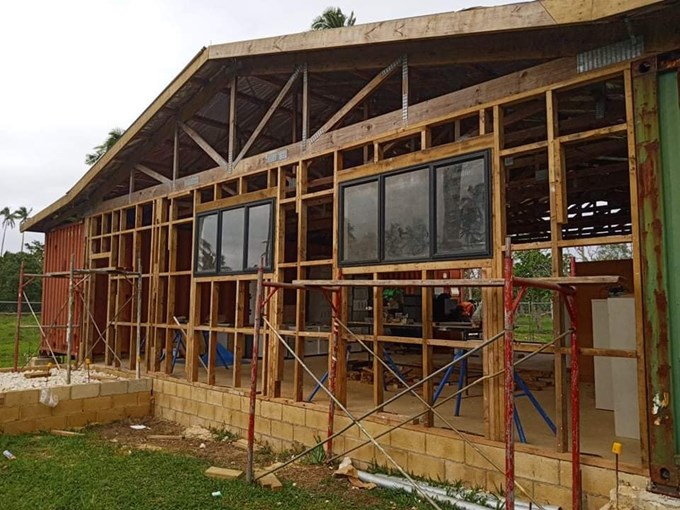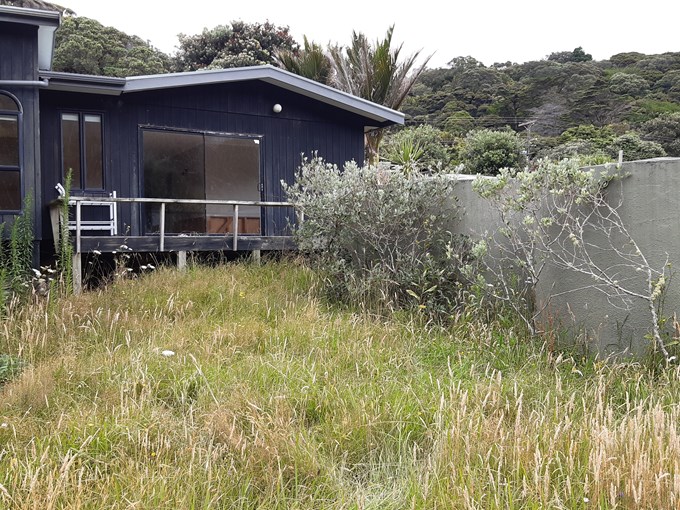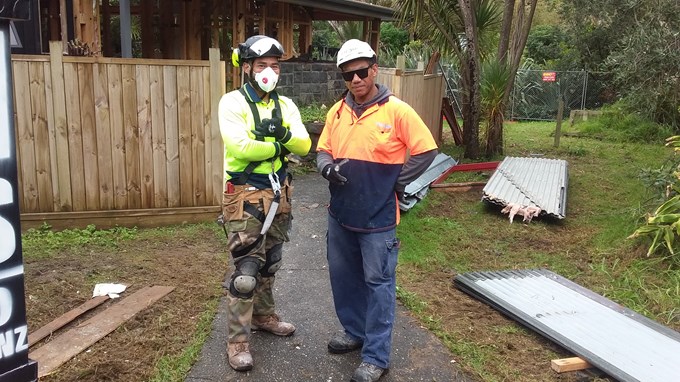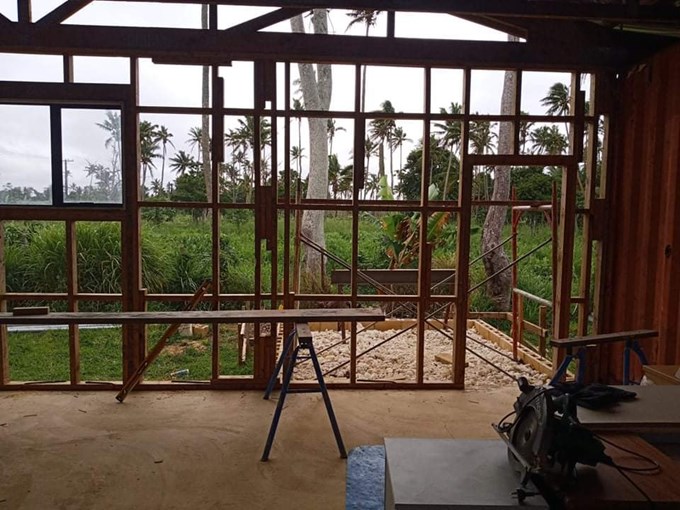When Saia Latu was approached to help replace roofs damaged by cyclones in Tonga, he wasn’t sure where to begin.
He got the strong feeling that he could find a new way to rebuild communities without the traditional waste involved in a construction project. So, he started doing research on demolition.
“People told me that re-using building materials would be too hard and too expensive. That there was no market for second-hand or leftover goods, and that the health and safety issues would be too large.” Saia says, reflecting on his early experiences in the construction industry.
Saia is no stranger to challenges, so he continued with his vision in spite of the industry scepticism. Fast forward five years, and now he runs one of the largest commercial deconstruction companies in New Zealand. The TROW Group has created 50 jobs with local youth many of whom are learning to be engineers.
They have a division in Tonga and are upskilling people from local villages while providing valuable construction materials to upgrade buildings to withstand the cyclone seasons.
“Deconstruction is something not a lot of people in the industry do because they think it eats away at your profits, so they prefer to just demolish a site and move on. The truth is, you pay for that demolition in the long run.
"It might take two or three more days to deconstruct a building rather than demolish it, but in twenty years’ time, it will have been 1000 times less expensive to have saved those materials instead of sending them to landfill,” says TROW Group General Manager Saia Latu.

Starting with the salvage of the Three Kings Building and Whitford Domain groundsman’s shed in 2016, TROW has undertaken a range of salvage and deconstruction projects on Auckland Council buildings, both as lead contractor and partnering with other Council contractors.
Environment and Climate Change Committee Chair Councillor Richard Hills is impressed by the success of deconstruction projects in Auckland, saying,
“The difference Saia and his team have been able to achieve is outstanding. They’ve helped repurpose 471 tonnes of materials from five major Auckland Council projects.
"They are saving more than 90 per cent of the materials on a project and are able to gift them to organisations in need instead of wasting them in a landfill.
“Deconstruction is a major game-changer for our path to zero waste. Construction and demolition are the largest source of waste to landfill. A typical new house build might waste an average of 4.5 tonnes of materials.
"This is the equivalent of 30 years of weekly kerbside refuse collections for one person in Auckland,” shares Councillor Hills. “Keeping construction materials out of landfill, and moving them into the circular economy, is a priority for Auckland Council projects.”
Saia’s motivation to create a circular economy goes beyond the numeric impact and is rooted in his role as a father, sharing that, “I don’t want my son and daughter to pay the price for our way of life. Just because something’s been done a certain way for a long time doesn’t make it right.”
His favourite part of the demolition process is making the community connections to donate the materials that come off the construction site. He worked with Auckland Council to demolish two flood-damaged homes in Piha and was able to find seven local community and art destinations and two Piha residents who benefitted from close to 8 tonnes of the materials.

The Piha project was led by Felila Neama Taufa who is being supported to train as an engineer. TROW Group gave her the confidence and skills to lead the deconstruction and pursue this profession.
The Piha community was impressed with how much quieter the deconstruction was than traditional demolition. There’s no traffic congestion and no trucks coming in and out. Because the materials are carefully handled to preserve them for re-use, there’s no bulldozing and the noise level is much less than you’d expect to find on a construction site.
According to Councillor Hills, “The demolition of two houses in Piha was able to save 50 tonnes of material that otherwise would have gone to landfill. Only 3.8 tonnes of rubbish had to be sent to landfill due to flooding damage.
“Polystyrene, metal, and concrete have all now been processed into new materials. The trusses and timber from the deconstruction went to Nukunuku, Tongatapu, Tonga where they’re being used now to rebuild cyclone-prone areas.”

The TROW Group approaches local villages in Tonga who contribute to the freight costs of the materials to help build or repair community buildings and schools. The TROW Group then pays for people from the village to come to New Zealand for a month to learn how to do the re-building to a strict health and safety standard. They are housed and are paid to earn while they learn before going home to implement the work.
Reflecting on the success of this deconstruction model, Saia comes back to the community impact, saying, “It is great that we’ve shown how commercially viable this sustainable circular economy solution can be. What keeps me going is the connections and opportunities we are making when we pass along the materials.
“We want to do our part every day and make it count. We now understand waste and still surprise ourselves with how much we can make a difference with something others were just throwing away. Seeing a place come together where people can gather and enjoy their neighbours and their culture is priceless.”


